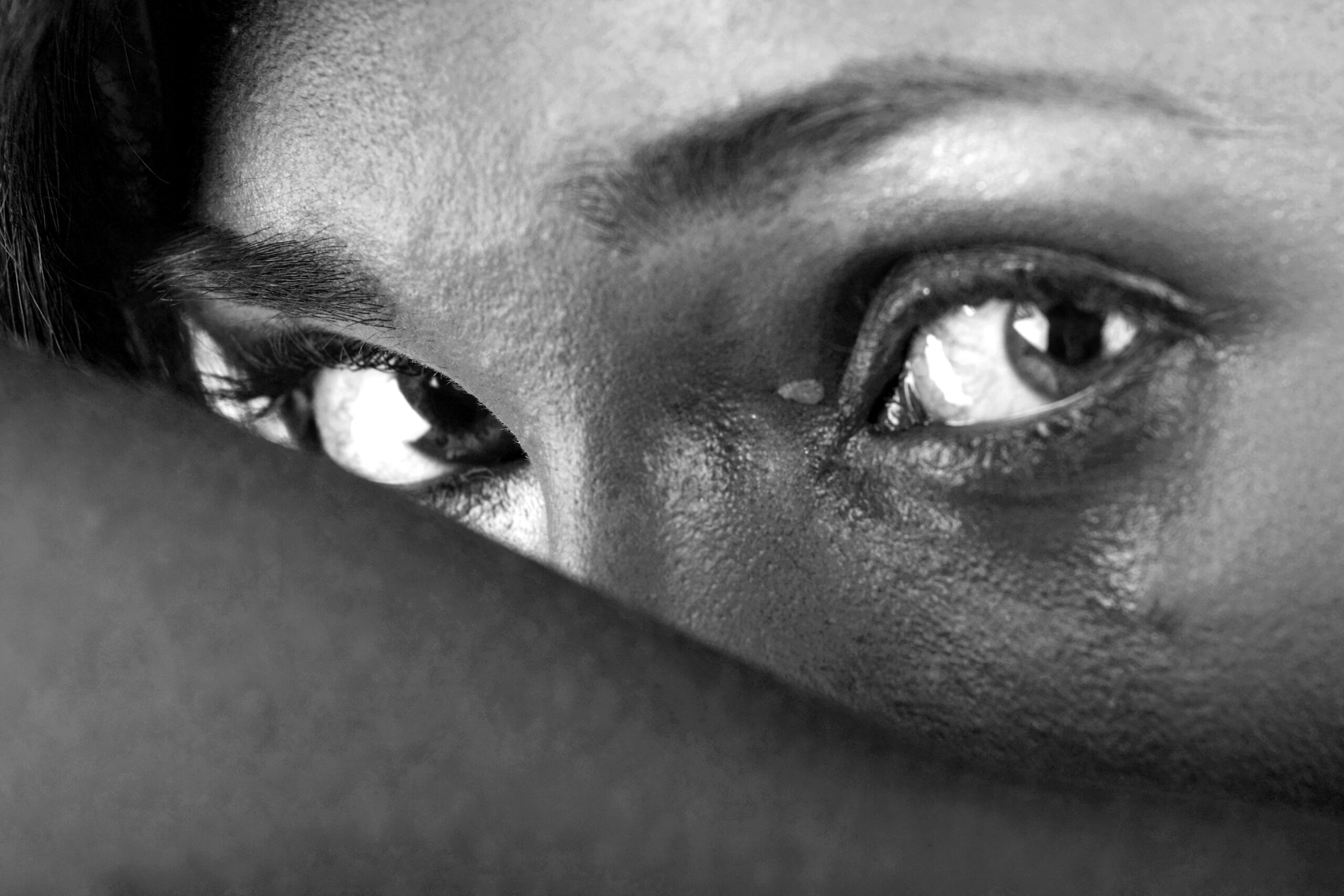In the first quarter of 2025, Spain witnessed a concerning increase in complaints related to gender-based violence. The latest data from the General Council of the Judiciary (CGPJ) reveals a 4.28% rise compared to the same period in 2024. From January to March, a staggering 47,865 complaints were filed with the courts. Although the number of female victims who decided to report remained “practically identical” with a minimal 0.04% increase, the daily average is alarming: around 484 victims and 532 complaints per day.
Protection Measures and Legal Consequences: A Look at the Figures
In parallel with the rise in complaints, there was a decrease in granted protection orders by 5.94% and in protection measures requested by victims by 5.48%. This raises questions regarding the level of protection for those affected. Nevertheless, the courts showed determination in prosecution: out of 15,548 sentences handed down, over eight out of ten resulted in a conviction of the perpetrators.
A look at the victim profile shows that 61.91% were Spanish nationals, while the remaining 38.09% came from other countries. Particularly alarming is the identification of 115 minors as children of the victims, of whom 72.1% held Spanish nationality. These children are often indirectly affected by gender-based violence.
Regional Differences and the Courage to Report
The regional distribution of complaints highlights varying dynamics across Spain. Navarra leads the statistics with 23.2 women per 10,000 inhabitants, more than six percentage points above the national average. It is followed by the Valencian Community (23), Canary Islands (21.9), Murcia (20.6), Andalusia (19.5), and Madrid (18.9). In contrast, Castile and León registered the lowest complaint rate with 11.1 per 100,000 inhabitants, followed by Galicia (12) and Extremadura (12.9).
Data from the Observatory Against Domestic and Gender-Based Violence also indicates that 4,913 victims – 11.2% of the total – exercised their right not to testify against their aggressor. This underscores the immense psychological burden and complexity of such situations. Of these, 2,725 were Spanish and 2,188 were foreign nationals.
The Role of the Environment and the Importance of Reporting
Esther Erice, the President of the Observatory, emphasizes the crucial role of the environment in supporting victims. It is of utmost importance that affected individuals receive the necessary support in such complex situations, especially when common children are involved. Although relatives and aid services also file complaints, victims themselves continue to initiate the majority of reports (70.4%) at police stations or courts.
Erice also points to the upcoming period of increased risks: the summer months. Historically, this period sees a rise in violence, making heightened attention, cooperation, and prevention regarding these crimes indispensable.
Protection Orders and Judicial Measures in Detail
From January to March 2025, requests for protection orders decreased, with seven out of ten requested orders being issued—a similar proportion to previous years. Courts specializing in violence against women and on-duty courts received a total of 11,137 petitions, 5.4% fewer than in the same period last year. Of these, 7,560 orders and protection measures were issued, a decrease of 5.9%. Nationally, there were 21.57 protection orders per 100 female victims, with the majority (84%) being processed by courts for violence against women.
Interestingly, in 44% of cases, the relationship between the victim and the perpetrator was still ongoing at the time the protection order was requested. The judiciary also issued 13,885 criminal measures to protect victims and their children, with communication bans (67%) and restraining orders (65%) being the most common. In civil matters, 4,799 measures were issued to protect women and minors under their care until the criminal proceedings concluded. These included alimony payments (22%), suspension of visitation rights (15%), assignment of housing (995), and suspension of guardianship and custody (648). Judges also issued 26 specific measures to prevent dangers to minors and suspended parental authority in 88 cases.
Conviction rates vary by court: while they reach almost 92% in courts for violence against women, they are 79% and 73% in provincial courts and criminal courts, respectively. Juvenile courts prosecuted 110 minors for gender-based violence (compared to 94 a year ago) and imposed measures in 104 cases.




